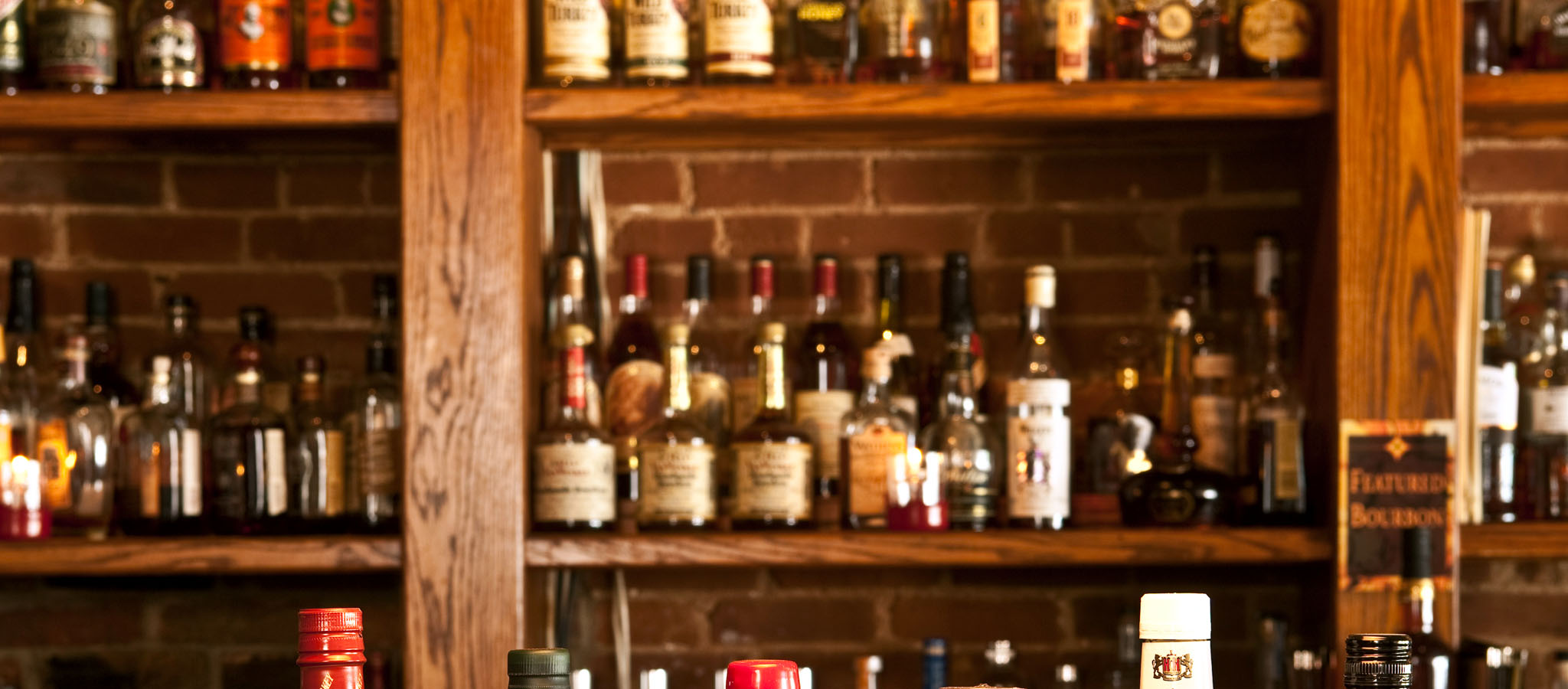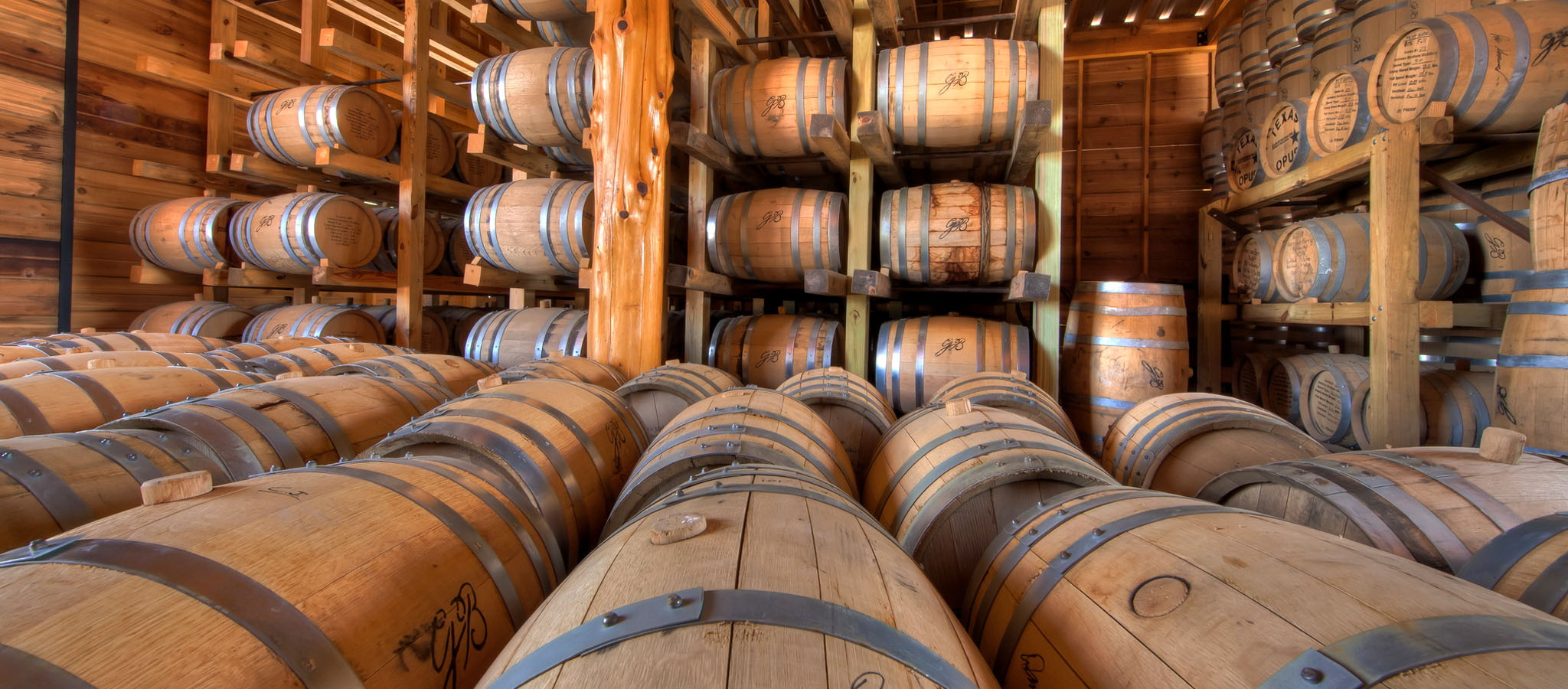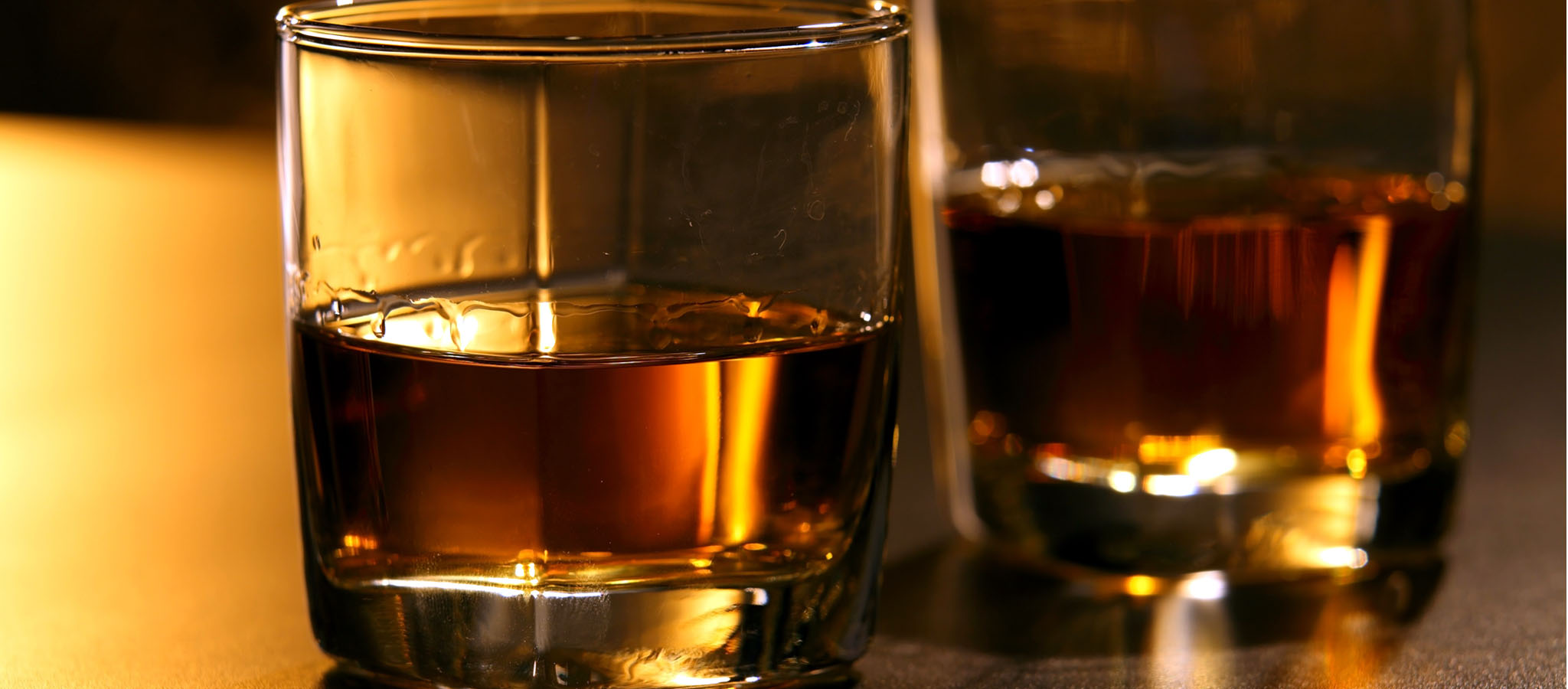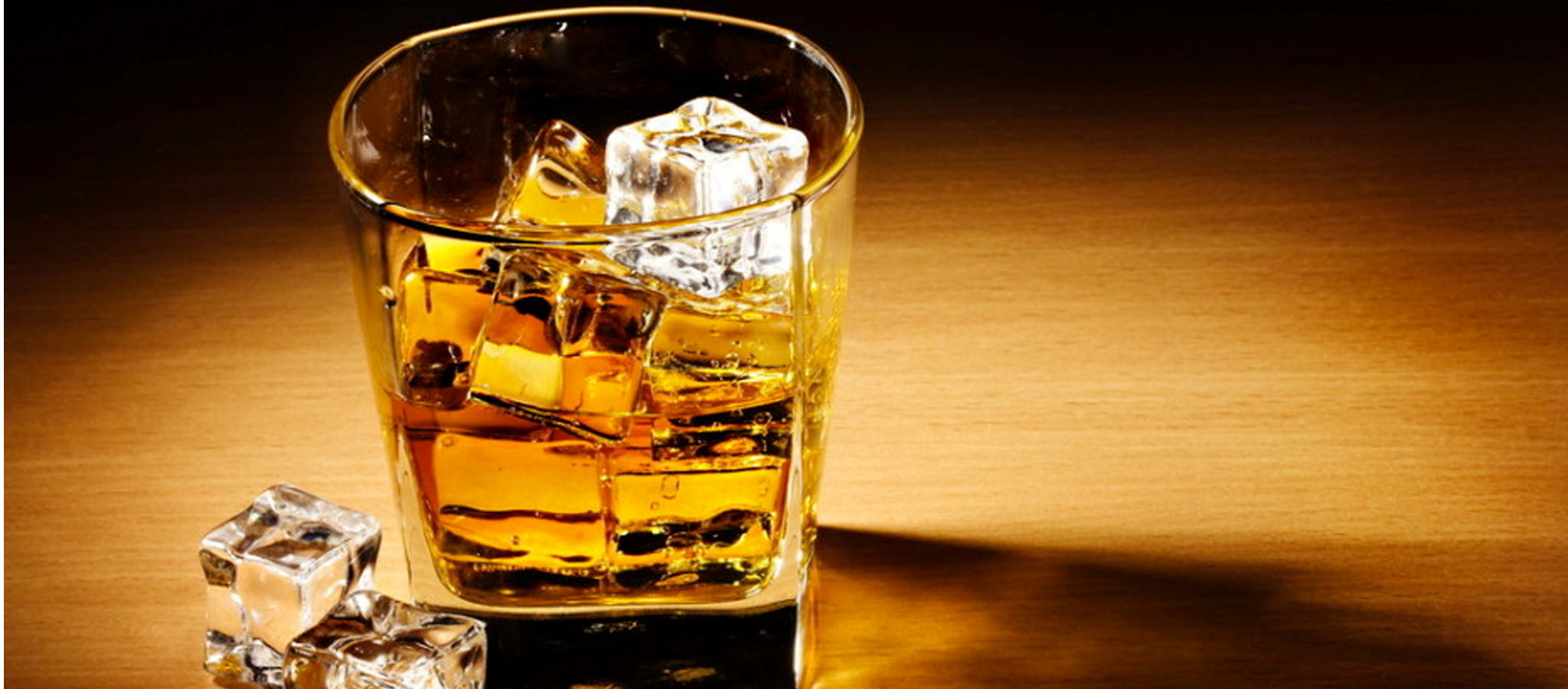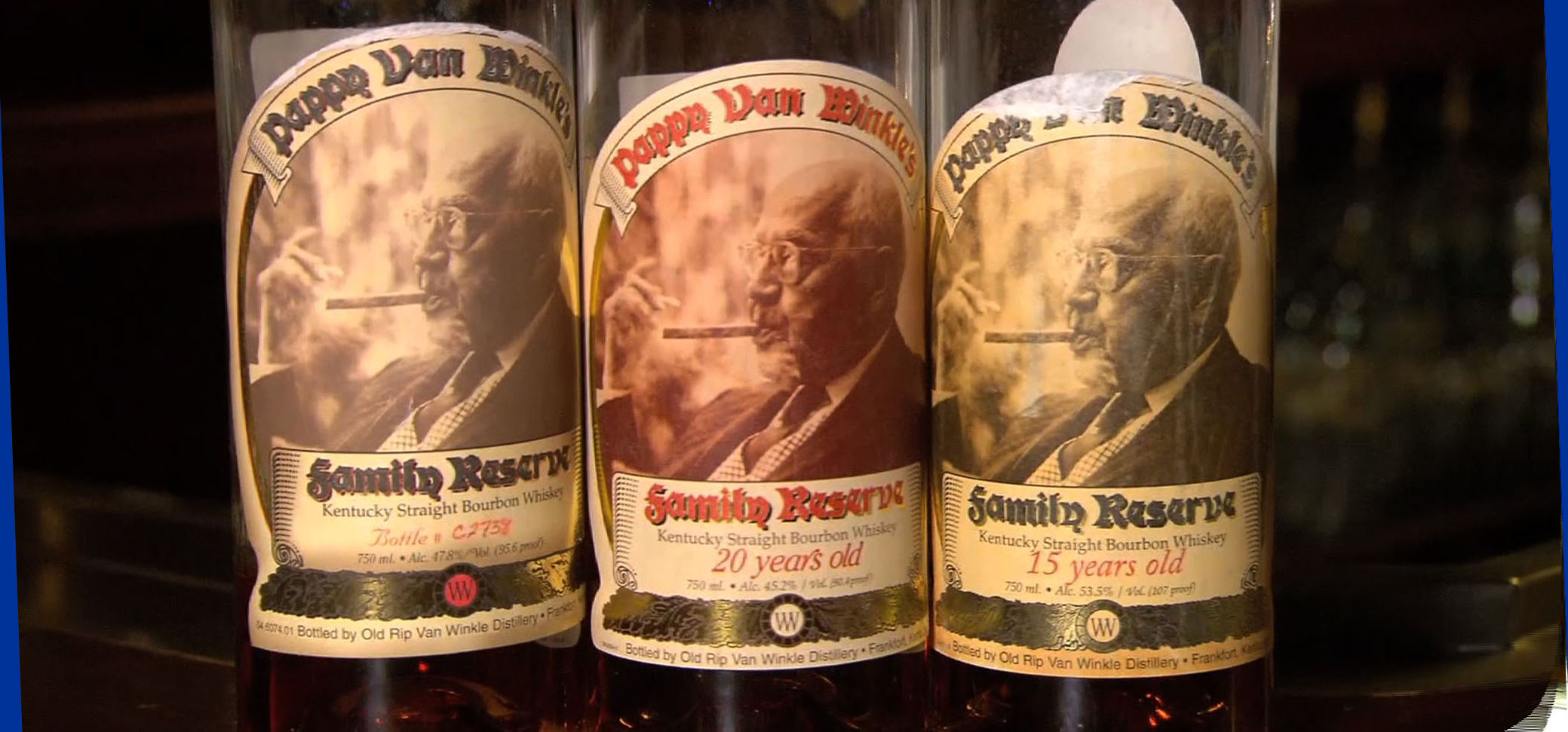Bourbon History Timeline
As one might expect, the history of bourbon is a little sketchy. Many important dates are disputed, many were forgotten (a few on purpose) and still more may have become hazy due to the nature of the subject at hand. In an attempt to create a picture of bourbon whiskey’s heritage, especially that in Kentucky, enclosed is a timeline of those important moments, or supposed moments. Many of these events had an impact that reached beyond those who make and drink “America’s Native Spirit.”
1783- Samuels Family Tradition Begins
The Samuels family claims the title of oldest bourbon family still going strong. Prior to 1840 the Samuels family did not produce bourbon commercially. It wasn’t until T.W. Samuels (grandson to Robert Samuels who created the “secret” family recipe) came along and constructed a distillery at Samuels Depot, Kentucky that the family made a business of bourbon. In 1943, after a break during Prohibition, Bill Samuels Sr. burned that famous family recipe. Bill Sr. wanted to create a bourbon without the bitterness, and so he did: Maker’s Mark. The company is now in the hands of his son, Bill Samuels Jr., who continues the family bourbon tradition today.
1783- First Commercial Distillery in Kentucky
When Evan Williams opened his distillery on the banks of the Ohio River in Louisville, it was the first commercial distillery in Kentucky. The bourbon that still bears the distiller’s name is one of the popular bourbons today.
1785- Bourbon County, Kentucky is Established
The stories are unclear as to how the whiskey distilled in the Kentucky area came to be named “bourbon.” The modern borders of Bourbon County Kentucky are not the way it was originally established; “Old Bourbon County” is comprised of 14 modern counties. Current day Bourbon County has little significance in the production of bourbon whiskey, instead most production is concentrated in the Louisville, Frankfurt and Bardstown areas.
1789- Elijah Craig
It’s been said that Elijah Craig invented bourbon by aging the already popular corn whiskey, or moonshine. This is a disputed fact; many believe that bourbon was not invented, but instead evolved with many hands in the barrel, so to speak, such as those who emigrated from Pennsylvania because of the Whiskey Excise Tax. It is a fact that in 1789 Elijah Craig, Baptist minister, opened a distillery in Georgetown, Kentucky. Heaven Hill Distillery produces a bourbon named after the “inventor” of bourbon.
The Whiskey Rebellion, less commonly known as the Whiskey Insurrection, was a popular uprising that had its beginnings in 1791 and culminated in an insurrection in 1794 in Pittsburgh, Pennsylvania, in the Monongahela Valley. During George Washington’s presidency, the government decided to tax whiskey in order to pay off the national debt. This infuriated the citizens and led to the Whiskey Rebellion. Pittsburgh, Pennsylvania, USA, circa 1792. Photo by Fotosearch/Getty Images
1794- Whiskey Rebellion
Farmers, primarily in western Pennsylvania, protest against the 1791 Whiskey Excise Tax. President Washington called up 13,000 militia to deal with the rebels, but the band disperse before any conflicts. These events encouraged Kentucky and Tennessee distillers, who were not subject to the federal law at the time. The Whiskey Rebellion was the first real test of the federal government’s ability to enforce laws.
1795- The Beam Tradition Begins
The Beam family has one of the best known names in American whiskey. The man that started what would be a family legacy, that is now on it’s 7th generation, was Jacob Beam who sold his first barrel of “Old Jake Beam Sour” in 1795. Since that time David Beam, David M. Beam, Col. James Beam (the Jim Beam), T. Jeremiah Beam, Booker Noe (Booker’s Small Batch) and, now, Fred Noe have carried the family craft into what it has become today.
1821- Bourbon Advertising Begins
The first advertisement for bourbon was printed in the Western Citizen Newspaper in Paris, Kentucky.
1823- Sour Mash Developed
Dr. James C. Crow developed what is known as sour mash at the Pepper Distillery (now the Woodford Reserve Distillery). This method of recycling some yeast for the next fermentation revolutionized the
1840- It’s Officially “Bourbon”
Although bourbon whiskey had been distilled in the Old Bourbon County area for decades, it was not until 1840 that it officially became known as Bourbon. Prior to this it was often labeled “Bourbon County Whiskey” or “Old Bourbon County Whiskey.”
1861-1865- The Civil War
The Civil War caused a shortage of whiskey. Not only were many men drawn from their day jobs to fight in the war, but many battles were fought in the major American whiskey distilling regions. Major Benjamin Blanton, who before the war hit it big in the California Gold Rush and owned a large portion of downtown Denver, Colorado, sold everything to buy Confederate War Bonds. Those bonds were worthless after the fall of the South, leaving Blanton broke. Shortly after he opened a distillery in Kentucky (later the Stagg Distillery), producing Blanton’s Bourbon Whiskey.
1869- Ripy Family Distillery Opens
Lawrenceburg, Kentucky is home to what was originally called the Ripy Family Distillery, and what is now Wild Turkey Hill. The Ripy’s began a long tradition of bourbon production on the site an their whiskey was chosen from a list 400 bourbons to represent Kentucky at the 1893 World’s Fair. The distillery is now the home of Wild Turkey Bourbon.
1870- Shipping Revolution
It was in this year that the first jugs of bourbon were shipped from the Ohio River ports. The decision to bottle bourbon was a matter of convenience for the consumer as jugs were a more attractive and portable vessel than barrels.
1872- A. Ph. Stitzel Distillery Established
It was not until the early 1900’s that the A. Ph. Stitzel Distillery becomes significant in bourbon whiskey’s history. Julian P. Van Winkle, Sr., or “Pappy,” and a partner acquired the distillery, which was known for it’s excellent sour mash whiskey. Just before Prohibition Pappy began producing Old Rip Van Winkle Bourbon and he later became oldest active distiller at age 89. During the country’s dry period the Stitzel-Weller Distillery held one of the few licenses to produce medicinal whiskey and when the country was once again wet, they produced brands like Old Fitzgerald, Cabin Still and Rebel Yell. It was not until 1972 that Pappy’s son, J.P. Van Winkle, Jr., resurrected the original Old Rip Van Winkle brand, which lives on today.
1920-1933- U.S. Prohibition
The Temperance Movement finally got what they wanted when the U.S. Congress passed the 18th Amendment, prohibiting the manufacture and sale of alcohol. The entire adult beverage industry was shattered, hundreds of businesses were shut down and many went underground. The majority of bourbon distilleries were closed, many to never reopen, but a few, like the Samuels and Beam families, came back after the repeal of Prohibition and resurrected the craft of bourbon distilling. The government issued 10 licenses to produce whiskey for medicine during the time, only six of which were ever activated. One of those companies was Brown-Forman, who now produces Woodford Reserve Bourbon on the site of the Prohibition era distillery.
1964- “America’s Native Spirit”
An act of Congress declared bourbon as “America’s Native Spirit” and the country’s official distilled spirit. At this time the current regulations defining what can be called bourbon whiskey were established.
1973- Outshined by Vodka
For the first time in history, more vodka was sold in the United States than whiskey. Many factors played a role, including James Bond and an increase in younger, female drinkers looking for a lighter drink.
2004- American Whiskey Trail Launches
The American Whiskey Trail is an educational trip to many of the distilleries and other historical sites in Kentucky, New York, Pennsylvania, Tennessee and Virginia, along with two rum distilleries in Puerto Rico and the Virgin Islands. The focus of the continental section of the trail is on the history of the whiskey distilling business, which has long dominated the area. The trail includes distillery tours of Jim Beam, Jack Daniels and Maker’s Mark, along with George Washington’s Distillery at Mount Vernon and the Frauces Tavern where he gave his farewell speech.
2007- National Bourbon Heritage Month
In August, 2007 the United States Senate declared that September be recognized as National Bourbon Heritage Month. While this may not have much impact with the average consumer, it is an honor for the craftsmen in the bourbon industry. The designation is designed to celebrate “America’s Native Spirit” and the significant historical, economical and industrial role the bourbon industry has played in the country’s history.
